|
Welcome to Analytical Imagination Challenge Numero Dos! As with your first effort, your fusion of creativity, research, and sweat should be no longer than 3-5 pages in length--please note that images do NOT count toward your final page inventory so illustrate your essays with freedom (AND if you have to go over a page, don't sweat it). Your festival of the imagination will be cleverly titled, double-spaced, have 1-inch margins top and sides and be carefully proofread; additionally, it will be chock-full of active verbs and, in general, have syntactic variety so as to avoid the dangers of the "IS" virus; use MLA or University of Chicago-style works cited pages. Your works of genius are due IN-CLASS, Thursday November 21, 2013--you will walk into class on time and drop your paper into the decorated receptacle that corresponds to your specific section (ALSO, there will be one other bag with my name on it as well for those who want me to evaluate your work). Late papers will not be accepted. Early papers, in most cases, will be cherished lovingly.
One last bit of advice, do NOT plagiarize ANY material;
unCITED material = PLAGIARISM; ALSO, if you are going to "quote" a passage
from an illustrated text, go to the bother of xeroxing the image and incorporating
it INTO your essay. Last hint? Have a blast with this paper! Try things you have NEVER tried before! Test the limits of your imagination! OK... here are your prompts--be bold! If you feel the need to adapt the prompt merely indicate you have done so at the top of your first page, carefully typing our your adaptation/editing of the selected prompt. Good luck! 1. Kurt Vonnegut and Chuck Palahniuk: 20th and 21st Century U.S. Satirists In a cohesive, compelling, and evocative essay CONTRAST
the satire found in the work of Kurt Vonnegut and Chuck Palahniuk. In
your research for this essay, be sure to consult at least two published
interviews with EACH of these noted writers. 2. Psychology & Sexuality Chuck
Palahniuk and Orson Welles would seem at first glance to give us
distinct and opposite worlds with INVISIBLE MONSTERS and TOUCH OF EVIL.
However, a closer look at the comparative puzzle suggests we are
dealing with American artists who have a lot in common. Using your
research carefully, explore the similarities between these
aesthetically-gifted individuals. 3. Berger and Murakami: Mirror Worlds Even though
John Berger is a cultural critic and Haruki Murakami is a novelist, one
can say that the realms of their creative imagination overlap in ways
that are useful and curious. Specifically identify what constitutes
these overlaps (and differences, if you wish) in a dynamic essay that
draws on the writing of these gifted scribes. 4. Frida Kahlo, Rene Magritte, and Tex[t]-Mex Adapt
the techniques, design, vision, and voice of Nericcio's Tex[t]-Mex in
an essay that focuses on the work of Frida Kahlo and Rene
Magritte--A-level essays will adapt and incorporate techniques from
Tex[t]-Mex as they explore the complexities of Kahlo and Magritte's
paintings. 5. What is a monster? Chuck
Palahniuk's INVISIBLE MONSTERS REMIX does a lot of things--one thing it does
for sure is force readers to rethink the concept of the MONSTER. Use
Palahniuk's novel and two other texts we have read this year (any text,
any work as long as you did not focus on it in your 1st imagination challenge) to explore the meaning(s) of "monster." 6. Degree
of Difficulty 10+ {PLUS}
The novel that sews up our semester, Lidia Yuknavitch's DORA, does not turn up until the last weeks of the semester--in other words, we will get to it AFTER this essay is due. As such, doing this challenge comes with added value. And as this question makes you read an other book, it comes with even more of a challenge. Ok, here it is--read Freud's DORA case history and then read Yuknavitch's novel. How is her book a revision of Freud's writing? How is it an homage? {Here is one link to a copy of Freud's Dora--there are plenty more on the net.} 7. Green & Palahniuk: Tales of "Outcast Bodies" In both INVISIBLE MONSTERS REMIX and THE FAULT IN OUR STARS, certain sorts of bodies are subject to social stigmas and in some sense become pariahs or outcasts of the dominant culture. Explore the ways in which this exile occurs, its effects on the characters concerned, and the ways in which they resist it. Do make use of research resources on Project Muse and JSTOR using searches like: "theories of the body" or "body politics" or "body and gender" or "body, gender, media." DO NOT, REPEAT, DO NOT DO THIS PROMPT if you focused on THE FAULT IN OUR STARS in your first essay! 8. Murky Waters and Abject Borderlands in Cuaron’s Y TU MAMA TAMBIEN and Both Cuaron and Welles submerge their characters into impure, uninviting 9. Disability in Green’s THE FAULT IN OUR STARS and Welles’s TOUCH OF EVIL When
examining THE FAULT IN OUR STARS and TOUCH OF EVIL through a
disability studies lens (as discussed in Mark Shwartz’s lecture),
how do Green and 10. The (Woman's) Body Politic In TOUCH OF EVIL, women are repeatedly relegated to positions at the periphery of the action. That is, their ability to determine the course of their own destiny is largely contingent on the whims of the dominant patriarchal society they inhabit. Use Welles's film and two other texts we have read/watched this semester (one MUST come from the latter part of the semester and that you DID NOT WRITE ABOUT in Imagination Challenge Numero Uno) to explore the complex and often contentious ways in which females are depicted in literature. Also, be sure to include cutting-edge research from published academic jounals (there's a huge collection in Love Library's periodical's room!) in your answer. 11. INVENT YOUR OWN FILL IN THE BLANKS PROMPT Develop and refine your OWN independent fill in the blanks prompt--it must make use of at least one work from the 2nd half of the semester; you MUST bring your proposal to me by Thursday, November 14, in class (typed, please). You are also welcome to run it by me in person during office hours or by appointment--ON or BEFORE Monday, November 18, 2013. Have fun!
|
| SAMPLE PARAGRAPHS FROM AMAZING CRITICS!!!! (click the images to enlarge)... Edward Said on Joseph Conrad... 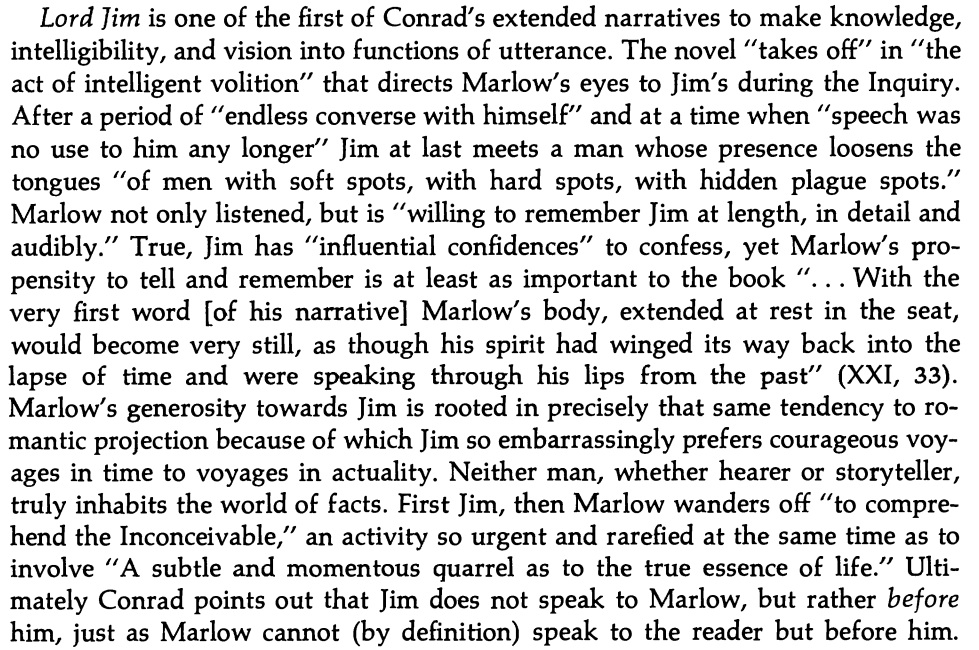 Edward Said on Joseph Conrad (and Sigmund Freud)... 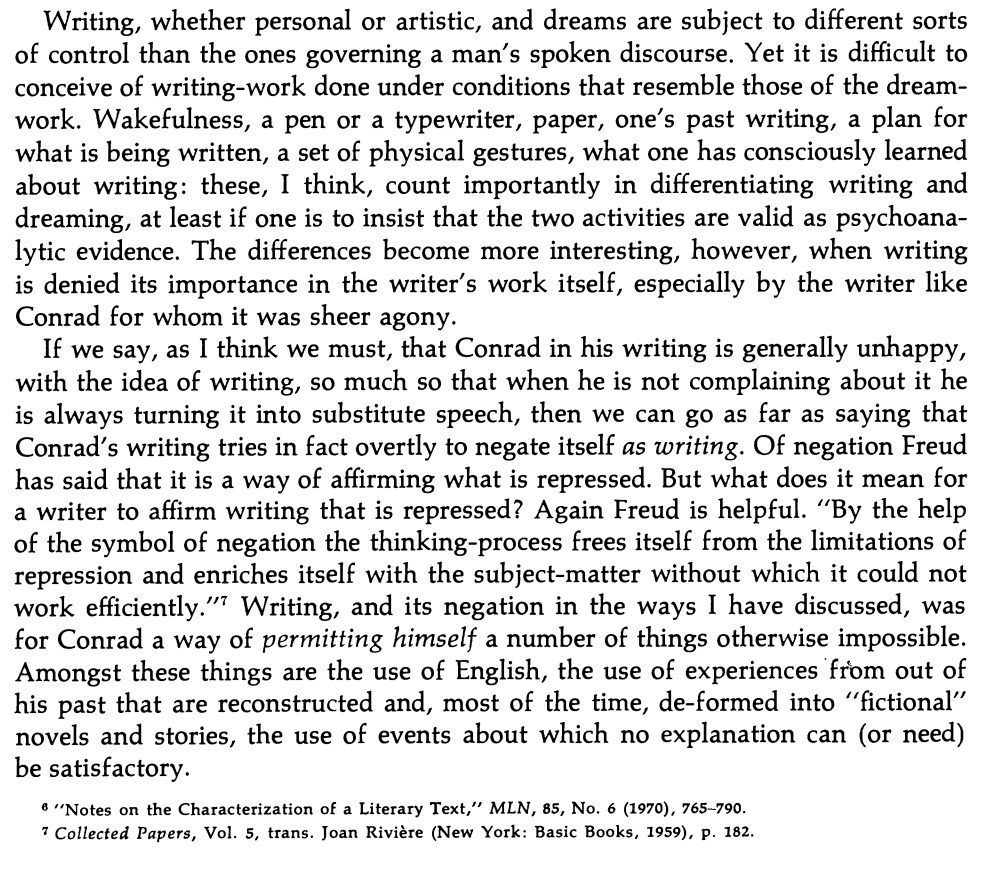 Helen Vendler on Criticism  J. Hoberman (extra-cool film theorist)... (click image to see review)... 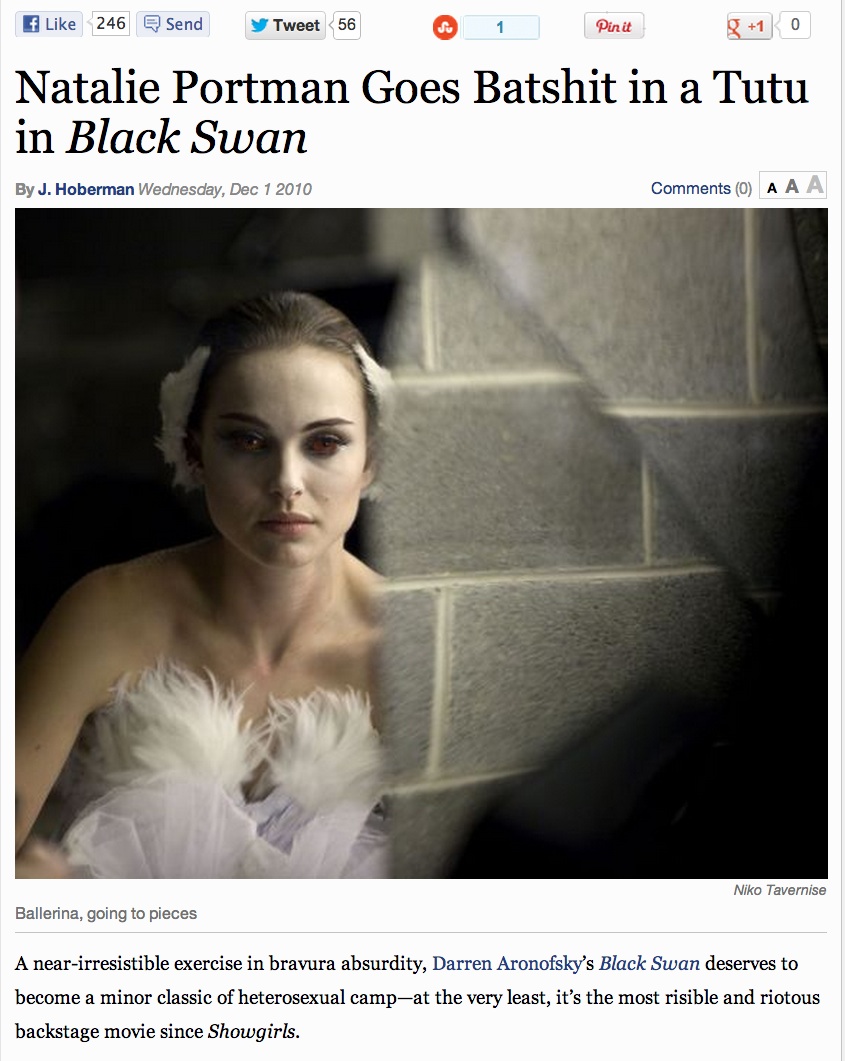 |
| urgent issues? email: memo@sdsu.edu |
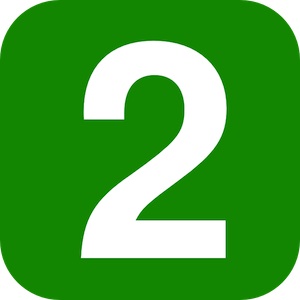
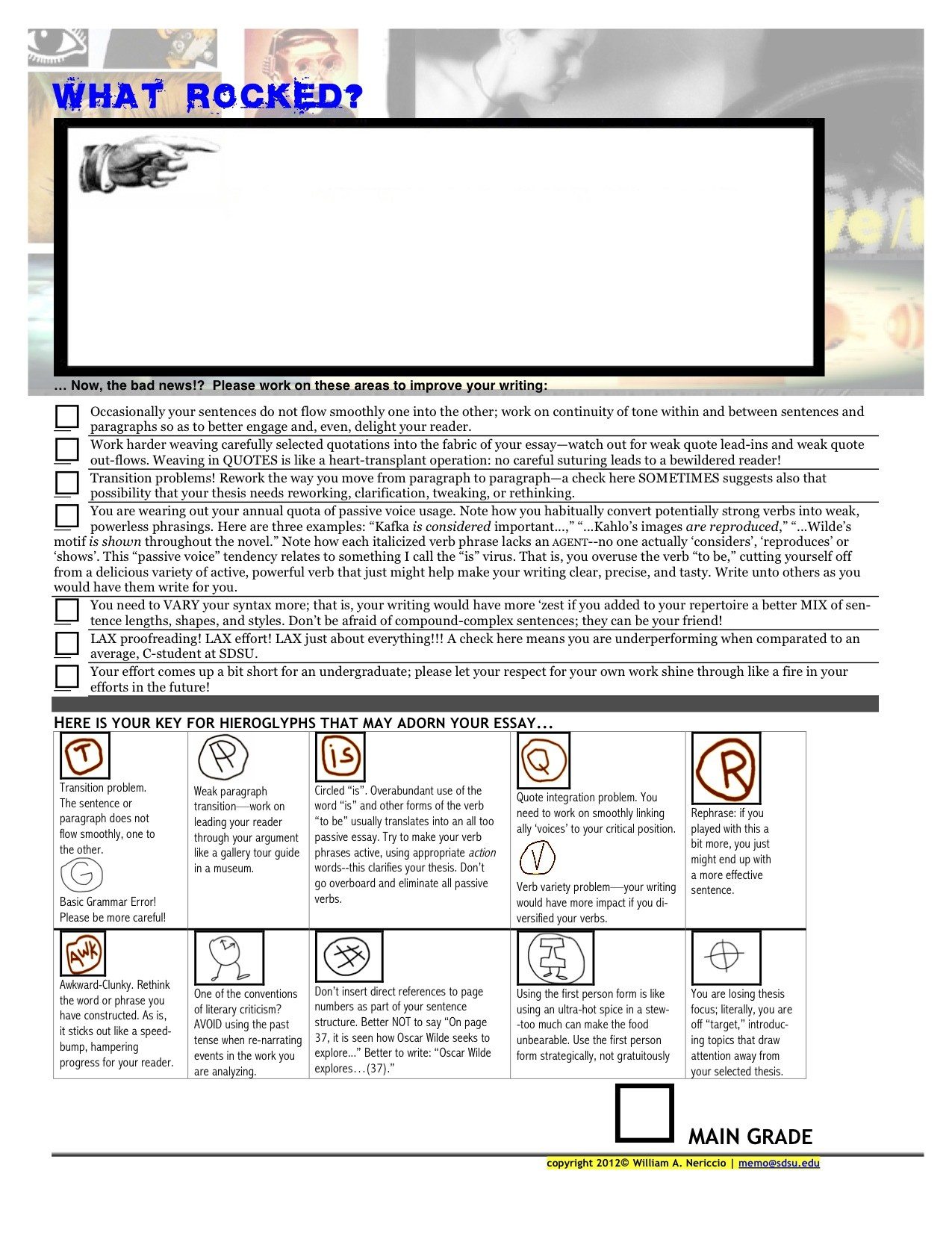
 Write unto others as you would have them write for thee!
Write unto others as you would have them write for thee!